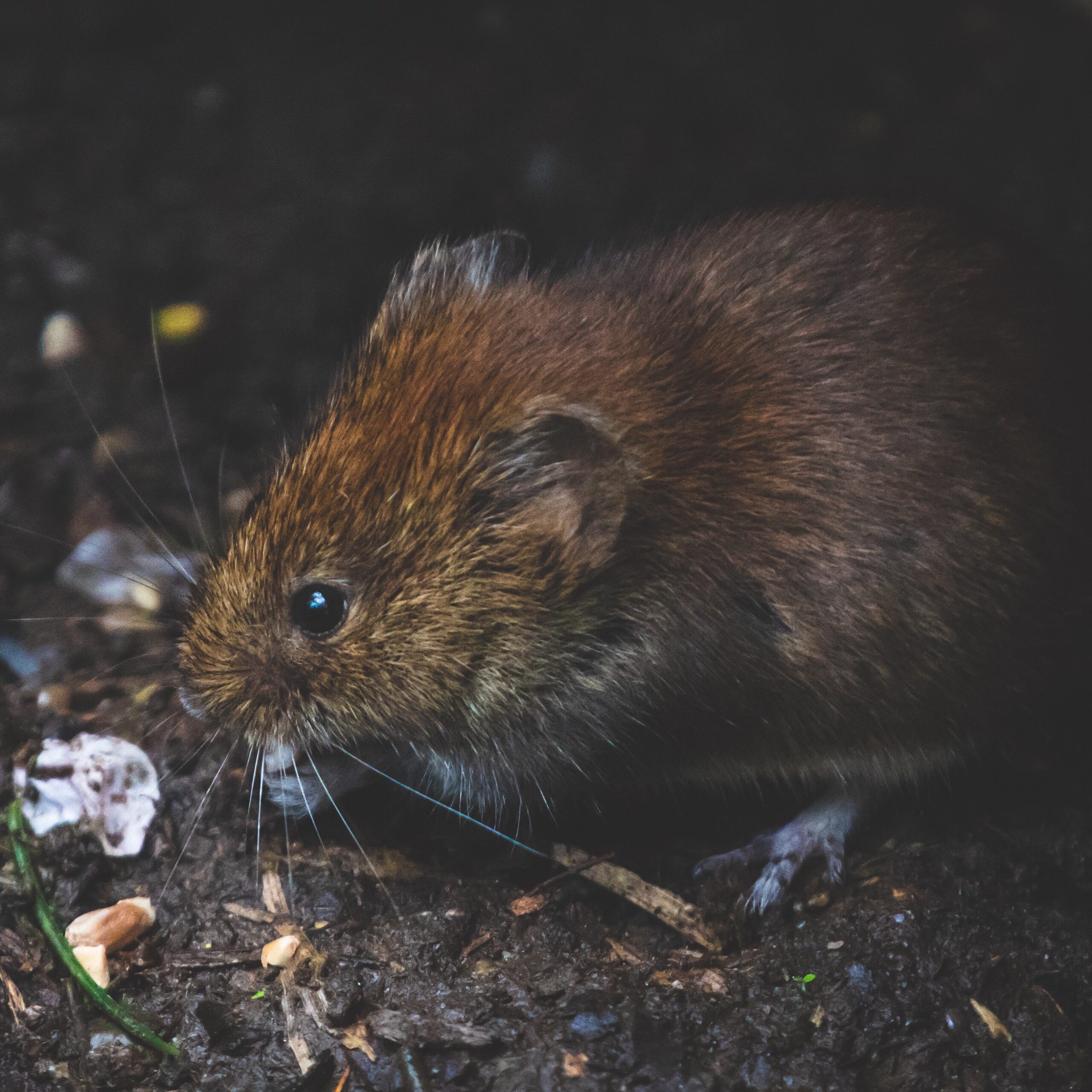No. 81: Choose non-toxic and eco-friendly materials for pest control
No. 81: Choose non-toxic and eco-friendly materials for pest control
Number 81
Learn why you should do this:
As schools focus on creating a healthier and more sustainable environment, the use of non-toxic and eco-friendly pest control materials has become increasingly important. Traditional pest control methods can have harmful effects on both human health and the environment. However, there are alternatives that provide environmental and financial benefits.
One of the most significant benefits of using non-toxic and eco-friendly pest control materials is reducing exposure to harmful chemicals. The use of traditional pesticides can cause numerous health problems, including respiratory issues, skin irritation, and even cancer. Children, in particular, are at a higher risk of developing health issues due to exposure to pesticides. By using eco-friendly pest control materials, schools can reduce these risks and create a healthier environment for students, staff, and faculty.
In addition to health benefits, using eco-friendly pest control materials can also have a positive impact on the environment. Traditional pesticides can have harmful effects on the ecosystem, including contaminating soil and water sources. Furthermore, these chemicals can harm non-target species, such as bees, butterflies, and birds. By choosing non-toxic and eco-friendly materials, schools can reduce their impact on the environment and support biodiversity.
Eco-friendly pest control materials can also be cost-effective in the long run. While the initial investment may be higher than traditional pesticides, eco-friendly materials are generally more durable and long-lasting. They may also require less frequent application, reducing the need for ongoing maintenance and labor costs. Additionally, using non-toxic materials can reduce the likelihood of pest resistance, which can require additional applications and costs over time.
One effective non-toxic pest control method is integrated pest management (IPM), which focuses on preventative measures such as sanitation, exclusion, and monitoring to reduce the need for pesticides. IPM can include the use of natural predators, such as ladybugs, to control pests or the installation of physical barriers to prevent infestations. By implementing IPM, schools can reduce their reliance on traditional pesticides and reduce the risk of negative health and environmental impacts.
According to the Environmental Protection Agency (EPA), schools that have implemented IPM have seen a decrease in pesticide use by up to 90%. This reduction not only benefits the health and well-being of students and faculty but can also result in financial savings.
In addition to IPM, schools can also choose to use eco-friendly materials, such as plant-based or mineral-based pesticides, for pest control. These materials are often less harmful to the environment and can be just as effective as traditional pesticides.
Overall, the use of non-toxic and eco-friendly pest control materials in schools can have numerous environmental, health, and financial benefits. By choosing these materials, schools can reduce their impact on the environment, create a healthier environment for students and staff, and potentially save money in the long run.
Sources:
-
American Lung Association. (2021). Green Cleaning, Sanitizing, and Disinfecting: A Toolkit for Early Care and Education. Retrieved from https://www.lung.org/clean-air/at-home/green-cleaning/eco-healthy-child-care
-
Environmental Protection Agency. (n.d.). Integrated Pest Management (IPM) in Schools. Retrieved from https://www.epa.gov/managing-pests-schools/integrated-pest-management-ipm-schools
-
National Pesticide Information Center. (2021). Green Cleaning and Pest Control. Retrieved from https://www.npic.orst.edu/envir/greenpestcontrol.html
-
New York State Department of Health. (2020). Non-Toxic Pest Control. Retrieved from https://www.health.ny.gov/environmental/pests/toxicity.htm
-
Oregon State University. (2021). Eco-Friendly Pest Control for Schools. Retrieved from https://workspace.oregonstate.edu/course/ecofriendly-pest-control-schools

All 100 ideas in one, easy to share ebook. Download now and start helping your school be its best version of itself...
Downloaded over 17,000 times!

More ways to make a difference, now!
No. 98: Allow only reusable dishware at school
Number 98 Using reusable dishware at schools has many benefits, including reducing waste, lowering costs, and promoting sustainability education. Research shows that switching to reusable dishware can have a significant positive impact on the environment and finances...
No. 74: Set up beehives in the school grounds
Number 74 Setting up beehives on school grounds can have numerous benefits, including environmental, educational, and financial advantages. The presence of bees can help to support local ecosystems, provide opportunities for student learning, and even generate revenue...
No. 50: Use food waste digesters for fertilizer
Number 50 Food waste digesters are an effective solution to reduce food waste and produce high-quality fertilizer for schools. This sustainable system not only benefits the environment by reducing greenhouse gas emissions, but it also saves schools money on waste...





